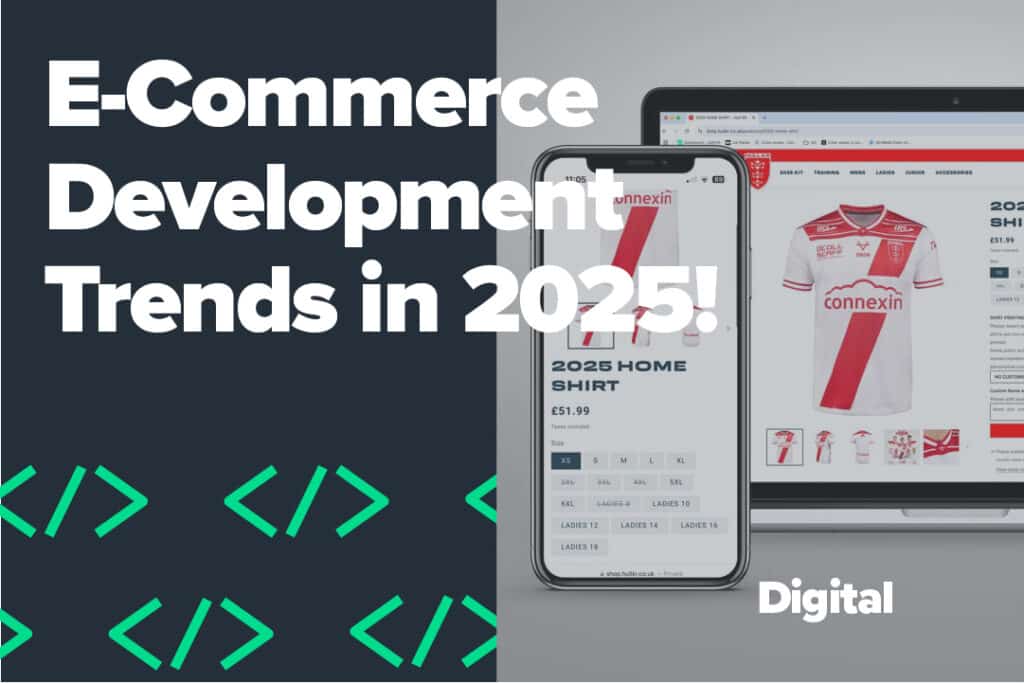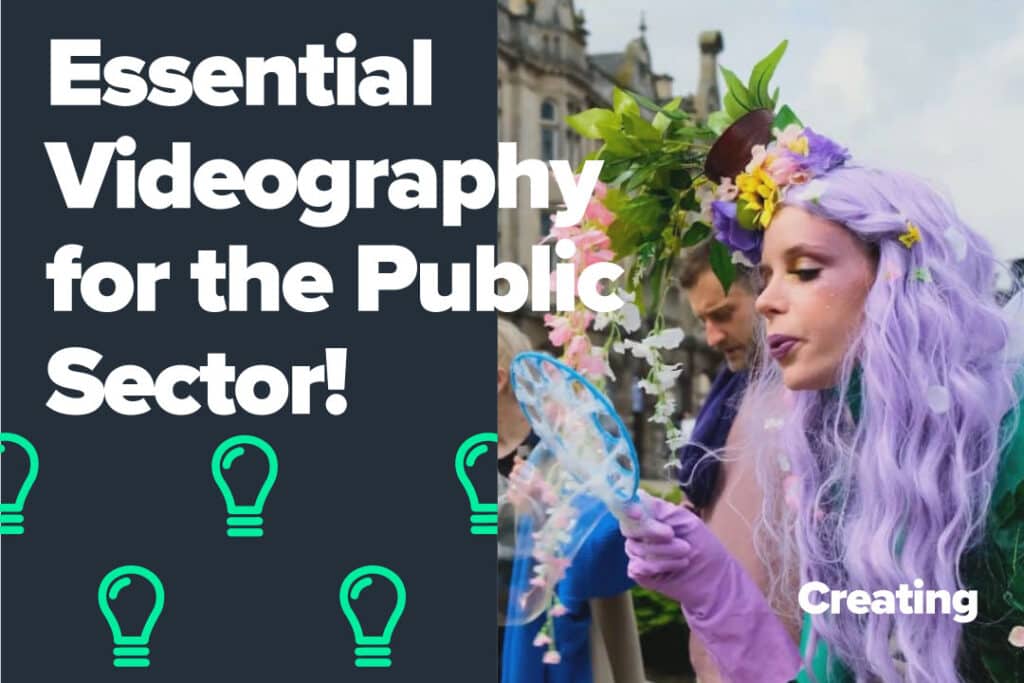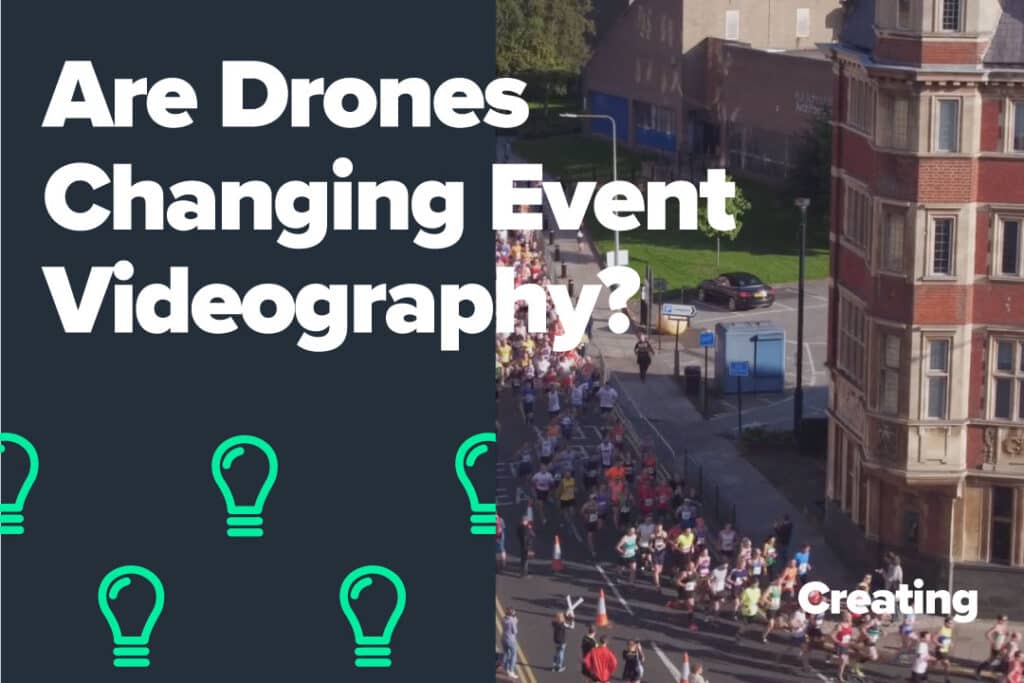The words you choose and how you use them can significantly impact emotional copywriting. The right combination of words can trigger psychological reactions, evoking intense emotions such as fear, joy, trust, happiness, and anger. By harnessing these emotions in your copy, you can create deeper connections with your audience, making your messages feel more personal and impactful. This approach can influence decision-making and encourage the reader to take the desired action.
Table of Contents
Emotions to Target in Your Copywriting: Reasons & Strategies
FOMO
The fear of missing out (FOMO) is a powerful feeling that can be used to drive engagement and action from your audience. This emotion stems from the apprehension of missing out on exclusive opportunities, valuable information or unique experience that others might be enjoying.

To effectively harness FOMO in your marketing strategy, consider crafting your messaging around concepts such as limited-time offers. Urgency creates a sense of necessity to act quickly. Highlighting scarcity—whether through limited product availability or exclusive access to events—can intensify this sensation, encouraging your audience to seize the moment before it slips away.
Incorporating elements of exclusivity, such as VIP memberships or private promotions, can also tap into FOMO by making your audience feel like they are part of an elite group. Additionally, playing on the fear of regret—by suggesting that they may look back and wish they had taken action—can further motivate customers to engage.
However, it’s vital to strike a careful balance when using fear-based marketing techniques. While creating urgency can be effective, overemphasis on fear may drive potential customers away or lead to feelings of pressure. Aim to inspire excitement and anticipation rather than anxiety, ensuring that your audience feels empowered to make a positive choice rather than simply reacting to fear.
Perhaps the most powerful way to capitalise on FOMO is using social proof, which refers to user-generated content, word of mouth, reviews, and conversations in public forums. When potential customers encounter real individuals sharing their experiences with a particular brand or service, it adds a level of authenticity and credibility that traditional marketing methods often fail to achieve. This genuine feedback from actual users helps to build trust and confidence in the product or service being offered. As a result, social proof serves as a powerful motivator, encouraging potential customers to engage with the brand to avoid missing out on what others are enjoying.
Social proof can be integrated into emotional copywriting in various ways, such as sharing reviews and case studies, inviting your audience to express their opinions and resharing user-generated content.
Desire & Aspiration
Aspirational marketing is a strategic approach that aims to resonate with individuals’ desires and aspirations by creating an emotional connection between the consumer and the product or service being offered. The essence of this strategy lies in illustrating how the product or service can serve as a pathway for users to achieve their desired future.

This marketing technique emphasises status, luxury, and success, which can be powerful motivators for consumers. By showcasing the perceived value of the product or service, brands invite consumers to envision themselves enjoying a lifestyle that they aspire to. When consumers perceive that a product or service can help them reach their goals or enhance their lives in meaningful ways, they are more likely to feel a strong inclination to make a purchase. Ultimately, aspirational marketing taps into the human desire for self-improvement and success, making it a potent tool in shaping consumer behavior and driving sales.
Influencers frequently lead highly successful and luxurious lifestyles that many people desire for themselves. By leveraging influencers for promotional purposes, brands can conveys to potential customers that their product or service is an essential component of the influencer’s lifestyle. As consumers often look to influencers for inspiration and guidance, associating a product with a well-regarded figure can help establish credibility and desirability, making it more appealing to a wider audience.
One effective strategy for incorporating influencer support into your emotional copywriting is to feature a direct quote or endorsement from the influencer. Additionally, you might consider collaborating with an influencer by inviting them to create content on your behalf. This could involve writing a blog post that highlights your brand’s story or values, crafting an engaging social media shoutout that promotes a specific product or event, or providing a detailed review reflecting their personal experience.
Trust & Credibility
Fostering a strong sense of trust and reliability is essential in emotional copywriting. When consumers perceive your brand as trustworthy and dependable, it significantly increases the likelihood of them making both initial and repeat purchases.
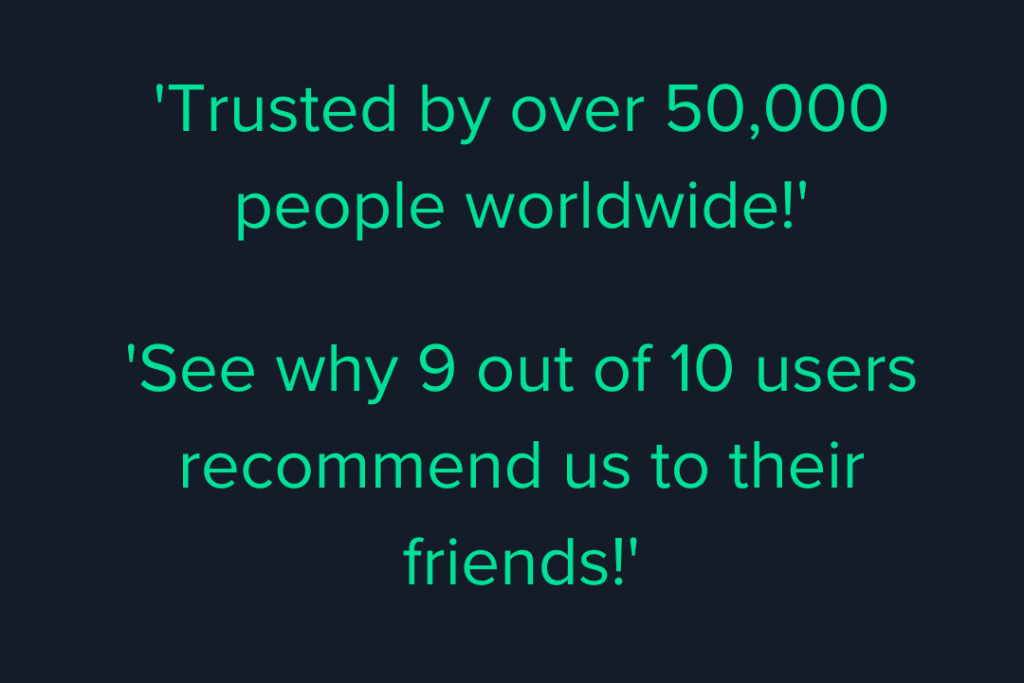
To effectively inspire trust, two crucial elements must be prioritised: transparency and consistency. Transparency involves being open about your brand’s practices, values, and any potential shortcomings. By openly acknowledging areas where improvement is needed, you demonstrate authenticity, which helps build credibility with your audience. This openness reassures customers that they are making informed choices and that your brand is committed to delivering quality.
Consistency, on the other hand, involves maintaining a uniform message and brand identity across all channels and interactions. When your messaging, values, and customer experiences remain consistent, it strengthens the bond of trust with your audience. Customers come to expect reliability from your brand, which reinforces their confidence in both your products and your commitments.
To encourage deep trust and reliability, a mix of social proof and statistics can be particularly effective. While hard facts and statistics can make your brand stand out and emphasise its credibility, it is often the personal testimonies and experiences of other customers that resonate the most. When potential customers see that others have had satisfying experiences with your brand, it not only enhances their trust but also solidifies their decision to choose your offerings over those of competitors.
Excitement & Anticipation
Excitement and anticipation are among the most common triggers used in emotional copywriting, and their effectiveness should not be underestimated. This tactic is especially useful during launch campaigns when brands aim to generate buzz for a particular product or service.
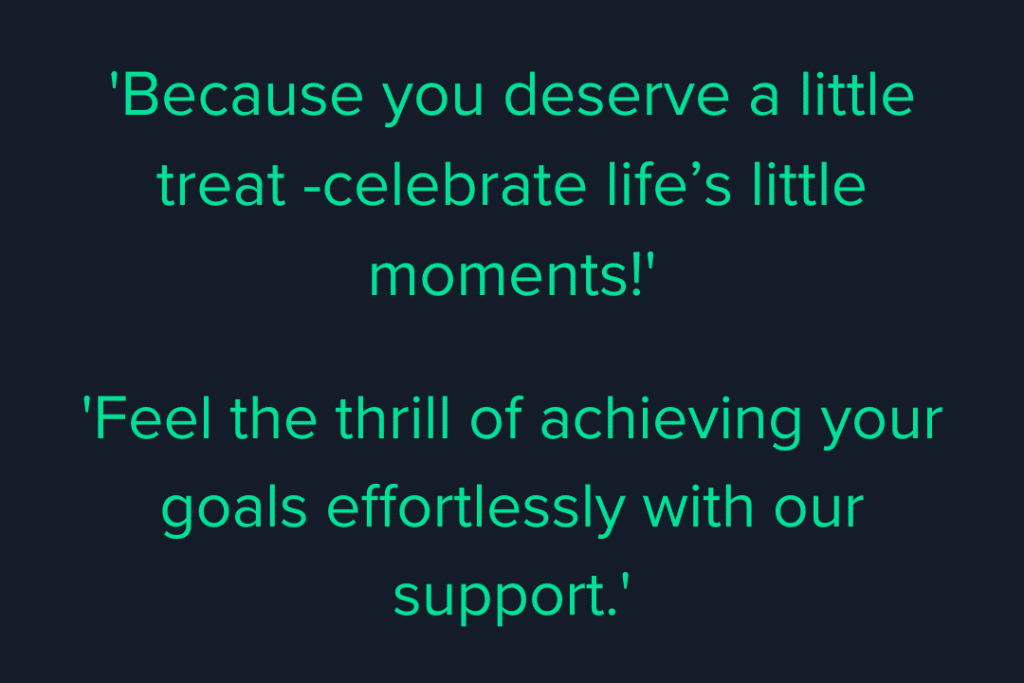
The most effective strategy for generating excitement and anticipation among your audience is to spark their curiosity. By teasing them with content that is both ambiguous and intriguing, you can create a sense of mystery that keeps them engaged. By strategically revealing details about your product or service that highlight its unique features and benefits, you can inspire a desire to learn more and ultimately motivate them to make a purchase. This approach to emotional copywriting not only captures attention but also encourages potential customers to actively seek out more information, enhancing their overall interest and investment in what you offer.
Anger
Anger is a highly complex and precarious emotion to navigate. While evoking anger can serve as a powerful catalyst for engagement, it is important to recognize that this approach may only be suitable for certain brands and circumstances. In general, brands should prioritise generating positive emotions rather than negative ones. This is because negative emotional copywriting, if not handled carefully, can alienate audiences or create backlash.
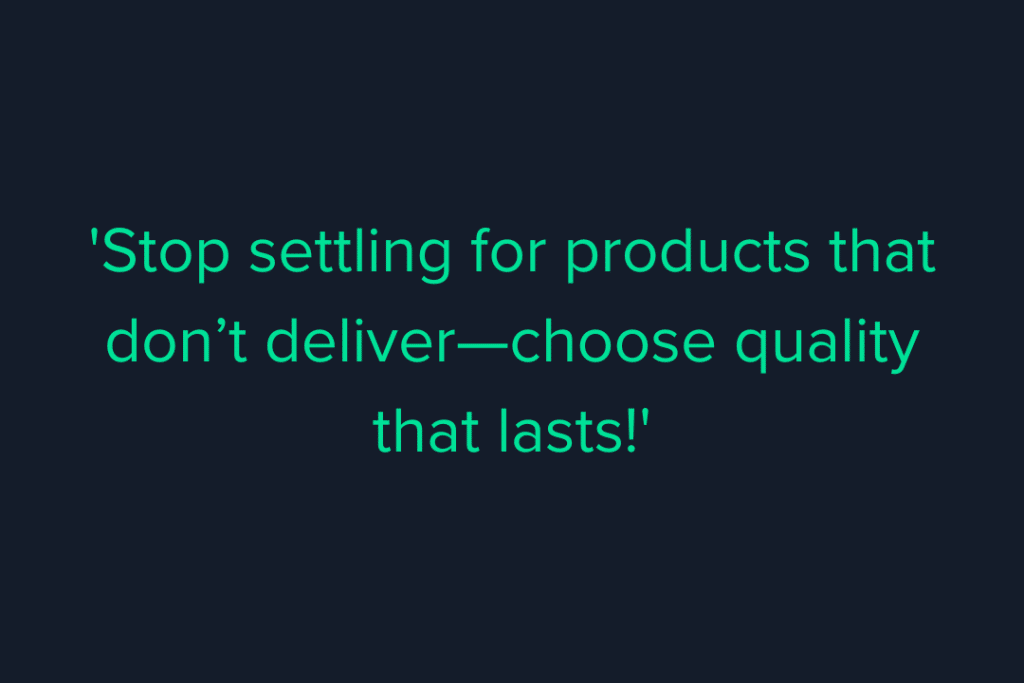
That being said, anger can be an especially potent emotion that compels audiences to take action. When utilised effectively, it can drive individuals to engage with your brand or make a purchase. Thus, leveraging anger can be a strategic move to encourage your audience to respond in a desired manner.
There are several ways to evoke anger effectively. One common method is to appeal to a sense of injustice, whether by highlighting social issues or exposing inequities within a specific market. Another approach might involve pointing out deficiencies and shortcomings in existing products or services that customers are currently using.
However, it is essential to tread carefully when taking this path. If you choose to draw attention to these issues, you must ensure that your own product or service does not exhibit the same flaws that you critique. Instead, your offering should proactively address and resolve the very problems you highlight. This not only strengthens your brand’s credibility but also ensures that your audience feels supported and understood, ultimately fostering loyalty and trust.
How to Trigger Emotional Responses in Copywriting
Words & Imagery
Ensure that your images align with the copy and the emotion you wish to evoke. Using appropriate imagery can create a cohesive narrative that can help further elicit the intended response from your audience.
Authenticity
Building trust should be the first step in any marketing campaign. For your audience to engage with your emotional copywriting, they need to care about your message. The most effective way to cultivate this trust is through authenticity. Ensure that all your communications align with your brand values, as this helps the audience relate to your brand and fosters trust.
Audience Research
Understand your audience. Recognise their challenges and emotional triggers. Utilise the data you have about them to identify their pain points. Once you pinpoint the key issues your audience encounters, you can choose the appropriate emotions to evoke and incorporate those into your emotional copywriting.
Storytelling
Storytelling is a powerful tool that guides your audience through the journey of discovering your product or service, from the beginning to the end. By placing your audience at the center of the narrative, you allow them to envision themselves as your customers. This approach helps them emotionally connect with the problem at hand and see how your product or service provides the solution.
A/B Testing
There is no single right answer in marketing, particularly when it comes to copywriting. Several factors need to be considered, such as tone of voice, targeted keywords, and the emotions you want to evoke. That’s why we recommend A/B testing your emotional copywriting. This involves running two different versions of a text to see which one performs better. This method enables you to enhance engagement and conversions by utilising meaningful, data-driven insights.
Tracking & Measuring
Finally, it is vital to track and analyse your results. This analysis allows you to identify what strategies are working, what areas need improvement, and how to better reach your target audience. Furthermore, it’s essential to pay close attention to the feedback you receive from your audience. Their insights can offer a deeper understanding of their preferences and behaviors, guiding you to make more informed decisions.
How We Can Help
Our team of marketing experts can help you craft effective emotional copywriting that boosts engagement and drive sales. Get in touch by filling out our contact us form or email us at [email protected].


